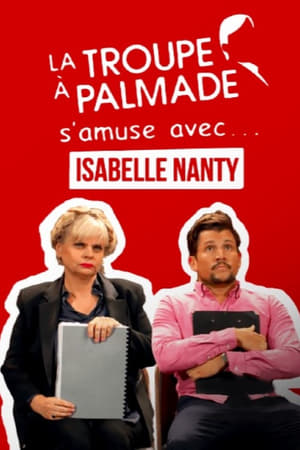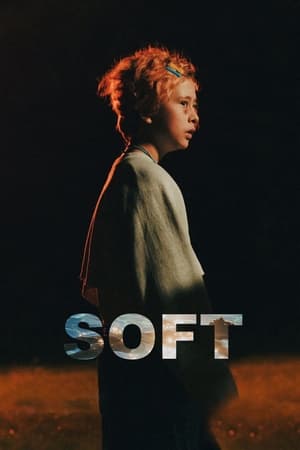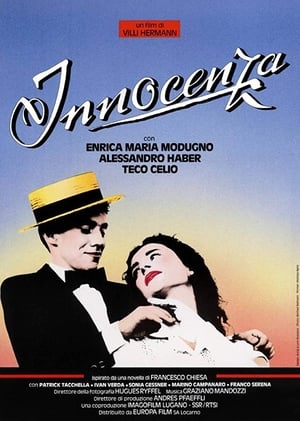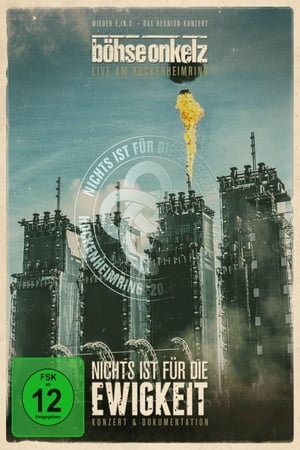

Die Serpentintänzerin(1895)
A young woman dancer with large, flowing robes, swirls round herself quickly, making her light robe flow around her like a butterfly's wings.
Movie: Die Serpentintänzerin
Top 1 Billed Cast
The dancer

Die Serpentintänzerin
HomePage
Overview
A young woman dancer with large, flowing robes, swirls round herself quickly, making her light robe flow around her like a butterfly's wings.
Release Date
1895-11-01
Average
4.217
Rating:
2.1 startsTagline
Genres
Languages:
DeutschNo LanguageKeywords
Recommendations Movies
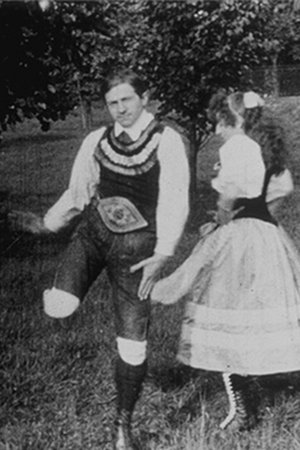 4.4
4.4Danse Tyrolienne(xx)
A Tyrolean dancing couple, accompanied by a musician, perform a traditional folk dance in a park in Cologne.
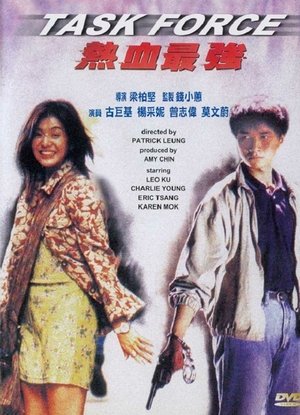 7.0
7.0Task Force(cn)
Lin is a plain-clothes cop in the crime-riddled district of Mongkok who bungles a vice operation directed at mainland prostitues. He falls for a ditsy hooker who tells him the love of her life is a killer who once svaed her life in a shootout.
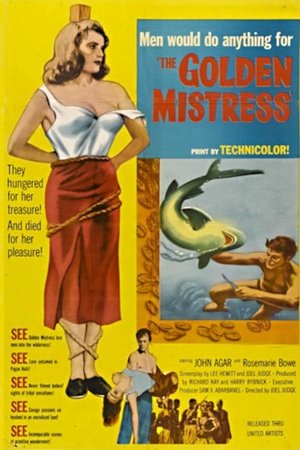 5.0
5.0The Golden Mistress(en)
Ann Dexter, daughter of an itinerant Haiti waterfront character, Carl Dexter, brings a golden idol, which her father her stolen at a voodoo ceremony, to Bill Buchanan, who is known along the waterfront as a man eternally on a treasure hunt. He agrees to let Ann accompany him in search of the treasure after a native he befriended gives him directions and certain voodoo secret charms. They follow an underwater passage to an island where they find a Pagan tribe. They learn that the golden idol is a burial symbol representing the dead and that hundreds of idols are at the bottom of the sacred burial lake.
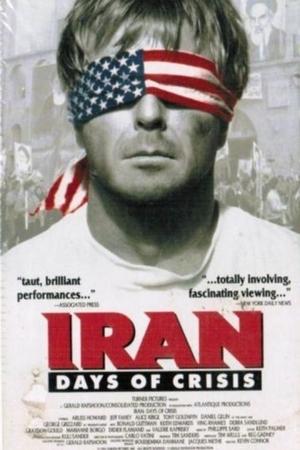 3.5
3.5Iran: Days of Crisis(en)
Follows the events of Iran hostage crisis of 1979 and people who were held as hostages in the US embassy in Tehran, Iran for over 400 days.
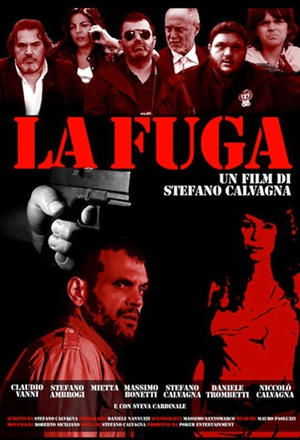 5.2
5.2La Fuga(it)
Saverio Sallesi, a past as a boxer without too much success, is grappling with a difficult situation. Some small precedents with the law, he has to deal with unemployment and failed loans from banks. Even from a sentimental point of view, things are not going well and he is unable to build a serious relationship with any of the women he frequents. One day he robs a bank and during the escape decides to hide in the apartment of Micol, a prostitute.
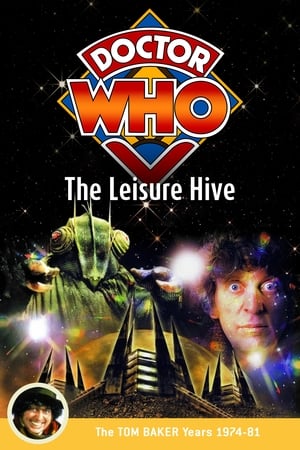 7.0
7.0Doctor Who: The Leisure Hive(en)
Romana fancies a proper holiday and convinces the Doctor to visit the leisure planet Argolis, where a takeover by the Argolins' historic enemy is underway.
Rank(en)
A street gang crosses Glasgow to witness the arrival of a group of Somali refugees. A closely observed portrait of racism, friendship and adolescence.
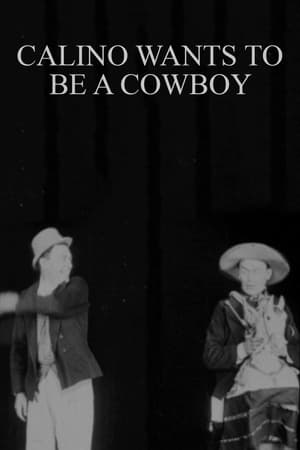 4.0
4.0Calino Wants to Be a Cowboy(fr)
Calino wants to live the cowboy life and travels to America to see the West.
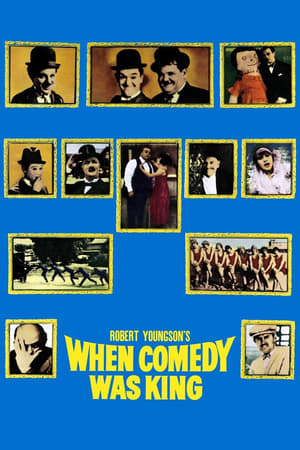 6.7
6.7When Comedy Was King(en)
A compilation featuring comedic stars of the silent era including Fatty Arbuckle, Charles Chaplin, Buster Keaton, Charley Chase, and Laurel and Hardy.
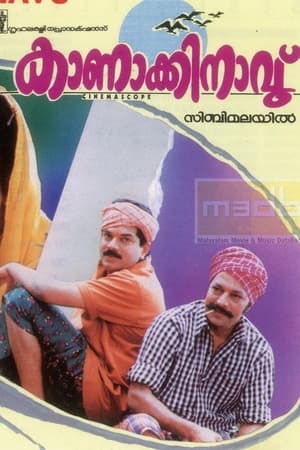 0.0
0.0Kanakkinavu(en)
The film discusses a father's unability to grow his children due to the rreason that their mother is no more. Mukesh's character wants his children to grow up with both love of father amd mother. So, he gives both the childrento his best friend Chadradas(Murali) and his wife Sukanya who have no children. Mukesh's death and its after effects are discussed. Mohini also plays an important role in this film.
Similar Movies
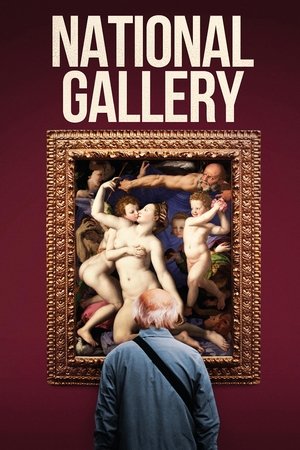 7.4
7.4National Gallery(en)
A portrait of the day-to-day operations of the National Gallery of London, that reveals the role of the employees and the experiences of the Gallery's visitors. The film portrays the role of the curators and conservators; the education, scientific, and conservation departments; and the audience of all kinds of people who come to experience it.
 6.6
6.6Rize(en)
A documentary film that highlights two street derived dance styles, Clowning and Krumping, that came out of the low income neighborhoods of L.A.. Director David LaChapelle interviews each dance crew about how their unique dances evolved. A new and positive activity away from the drugs, guns, and gangs that ruled their neighborhood. A raw film about a growing sub-culture movements in America.
Clouds(en)
Clouds 1969 by the British filmmaker Peter Gidal is a film comprised of ten minutes of looped footage of the sky, shot with a handheld camera using a zoom to achieve close-up images. Aside from the amorphous shapes of the clouds, the only forms to appear in the film are an aeroplane flying overhead and the side of a building, and these only as fleeting glimpses. The formless image of the sky and the repetition of the footage on a loop prevent any clear narrative development within the film. The minimal soundtrack consists of a sustained oscillating sine wave, consistently audible throughout the film without progression or climax. The work is shown as a projection and was not produced in an edition. The subject of the film can be said to be the material qualities of film itself: the grain, the light, the shadow and inconsistencies in the print.
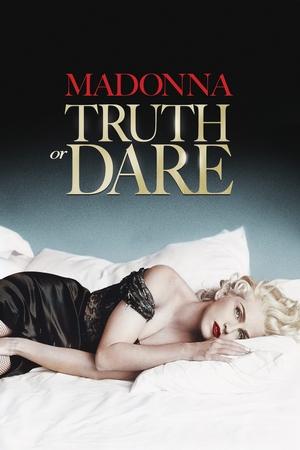 6.3
6.3Madonna: Truth or Dare(en)
From the rains of Japan, through threats of arrest for 'public indecency' in Canada, and a birthday tribute to her father in Detroit, this documentary follows Madonna on her 1990 'Blond Ambition' concert tour. Filmed in black and white, with the concert pieces in glittering MTV color, it is an intimate look at the work of the icon, from a prayer circle before each performance to bed games with the dance troupe afterwards.
The Dawn of Sound: How Movies Learned to Talk(en)
Film historians, and survivors from the nearly 30-year struggle to bring sound to motion pictures take the audience from the early failed attempts by scientists and inventors, to the triumph of the talkies.
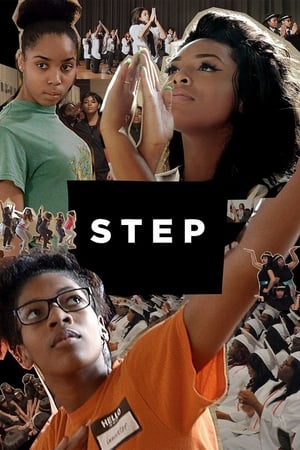 7.5
7.5Step(en)
The senior year of a girls’ high school step team in inner-city Baltimore is documented, as they try to become the first in their families to attend college. The girls strive to make their dancing a success against the backdrop of social unrest in their troubled city.
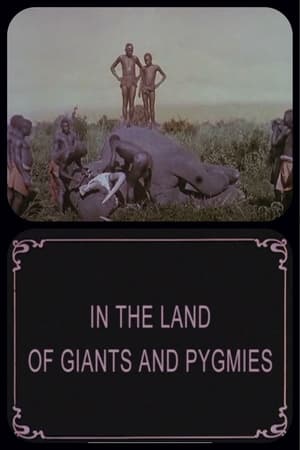 6.0
6.0In the Land of Giants and Pygmies(en)
IN THE LAND OF GIANT PYGMIES, a diary of Aurelio Rossi's 1925 trek into the immense Belgian Congo, preserves a long-gone-Colonial-era wonder at natural resources, "primitive" tribes, customs and costumes in Europe's cast African possessions, and implies that the "dark continent" could benefit from the "civilizing" influences of home.
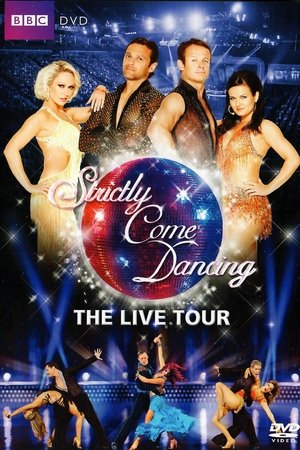 10.0
10.0Strictly Come Dancing The Live Tour(en)
With the coveted glitter ball trophy once again up for grabs, how will series winner Chris Hollins fare against other celebrity favourites - including Austin Healey, Kelly Brook, Mark Ramprakash, Ali Bastian, and Natalie Cassidy? As they take to the stage alongside their professional partners including; Kristina Rihanoff, James and Ola Jordan, Brian Fortuna, Natalie Lowe and Ian Waite, in brand new breathtaking outfits and daring routines. They will need to impress judges; Len Goodman, Bruno Tonioli, Craig Revel Horwood and Arlene Philips. Who as always, are ready with quips, banter and razor-sharp observations!
 4.7
4.7Railway Station(pl)
Kieslowski’s later film Dworzec (Station, 1980) portrays the atmosphere at Central Station in Warsaw after the rush hour.
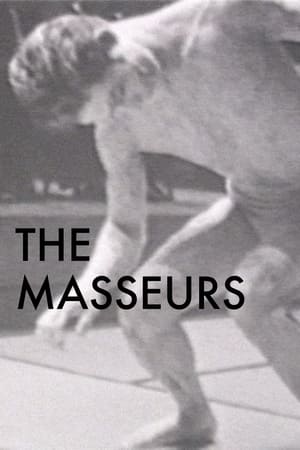 0.0
0.0The Masseurs(ja)
Anma (The Masseurs) is a representative and historical work by the creator of Butoh dance, Tatsumi Hijikata in his early period in the 1960s. The film is realized not only as a dance document but also as a Cine-Dance, a term made by Iimura, that is meant to be a choreography of film. The filmmaker "performed" with a camera on the stage in front of the audience. With the main performers: Tatsumi Hijikata and Kazuo Ohno, the film has the highlights such as Butohs of a soldier by Hijikata & a mad woman by Ohno. There is a story of the mad woman, first outcast and ignored, at the end joins to the community through her dance. Inserted descriptions of Anma (The Masseurs) are made for the film by the filmmaker, but were not in the original Butoh. The film, the only document taken of the performance, must be seen for the understanding of Hijikata Butoh and the foundation of Butoh.
 7.0
7.0Los posibles(es)
Santiago Mitre co-directs his first movement following The Student together with choreographer Onofri Barbato. Although it would have been more accurate to say “his first film-story-adventure-movie-great movie following The Student”, the word movement fits perfectly in Los posibles, the most overwhelmingly kinetic work Argentine cinema has delivered in many, many years. The film deals with the adaptation of a dance show directed by Onofri together with a group of teenagers who came to Casa La Salle, a center of social integration located in González Catán, trying to find some refuge from hardship. Already entitled Los posibles, the piece opened in the La Plata Tacec and was later staged in the AB Hall of the San Martín Cultural Center. Now, it dazzles audiences out of a film screen, with extraordinary muscles and a huge heart: Los posibles is a rhapsody of roughen bodies and torn emotions. Precise and exciting, it’s our own delayed, necessary, and incandescent West Side Story.
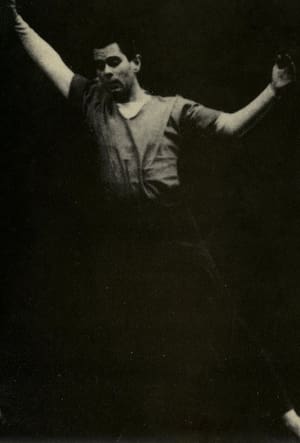 0.0
0.0Genius on the Wrong Coast(en)
Portrait of Lester Horton, a Los Angeles-based dancer, choreographer and teacher who trained many world-reknowned dancers and built the first American theater devoted permanently to dance. Former students and friends, including Bella Lewitzky, Alvin Ailey, and Carmen de Lavallade, help create a picture of Horton through interviews. Includes numerous dance excerpts.
 5.8
5.8Bobbi Jene(en)
A love story, portraying the dilemmas and inevitable consequences of ambition. It is a film about a woman's fight for independence, a woman trying to succeed with her own art in the extremely competitive world of dance.
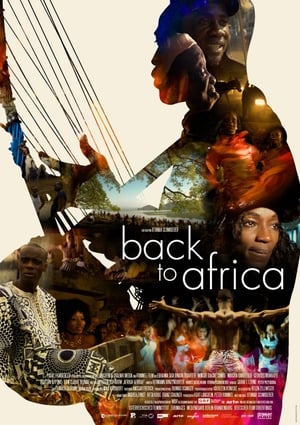 0.0
0.0Back To Africa(en)
An Austrian director followed five successful African music and dance artists with his camera and followed their lives for a year. The artists, from villages in Ghana, Gambia and Congo, were the subjects of Africa! Africa! touring across Europe, but they have unbreakable roots to their homeland and their families. Schmiderer lovingly portrays his heroes, who tell their stories about themselves, their art and what it means to them to be African with captivating honesty. The interviews are interwoven with dance scenes and colourful vignettes set to authentic music.
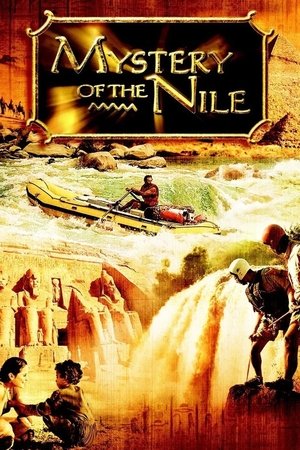 5.4
5.4Mystery of the Nile(en)
Filmed in IMAX, a team of explorers led by Pasquale Scaturro and Gordon Brown face seemingly insurmountable challenges as they make their way along all 3,260 miles of the world's longest and deadliest river to become the first in history to complete a full descent of the Blue Nile from source to sea.
 7.3
7.3NASCAR: The IMAX Experience(en)
A big-screen look into one of America's most successful entertainment industries, NASCAR racing.
 5.8
5.8Volcanoes of the Deep Sea(en)
12,000 feet down, life is erupting. Alvin, a deep-sea mechanized probe, makes a voyage some 12,000 feet underwater to explore the Azores, a constantly-erupting volcanic rift between Europe and North America.
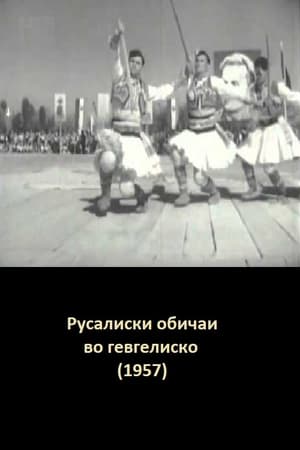 0.0
0.0The Rusalia Customs of Gevgelija(mk)
A testimony to the performance of ritual dances. Although they were performed only during the so-called “unbaptized days”, the 12 days between Christmas and Epiphany in the Orthodox Christianity, these dances are associated by some researchers with the Roman rosaries, the cult of the dead. Ritual clothing and the use of wooden swords to disperse the demons are important props in the dances that are believed to protect the folks from temptations and demons until they are baptized.
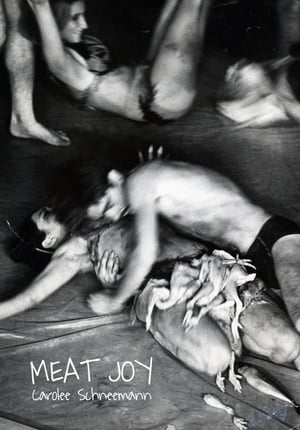 6.6
6.6Meat Joy(en)
"Meat Joy is an erotic rite — excessive, indulgent, a celebration of flesh as material: raw fish, chicken, sausages, wet paint, transparent plastic, ropes, brushes, paper scrap. Its propulsion is towards the ecstatic — shifting and turning among tenderness, wildness, precision, abandon; qualities that could at any moment be sensual, comic, joyous, repellent. Physical equivalences are enacted as a psychic imagistic stream, in which the layered elements mesh and gain intensity by the energy complement of the audience. The original performances became notorious and introduced a vision of the 'sacred erotic.' This video was converted from original film footage of three 1964 performances of Meat Joy at its first staged performance at the Festival de la Libre Expression, Paris, Dennison Hall, London, and Judson Church, New York City."
 0.0
0.0New York Dance States of Performance(en)
Seven choreographers work tirelessly to both question and embrace their chosen form, producing work that celebrates the strange, startling and poetic beauty of dance and performance. Curated by Gia Kourlas. Narrated by the choreographers.
